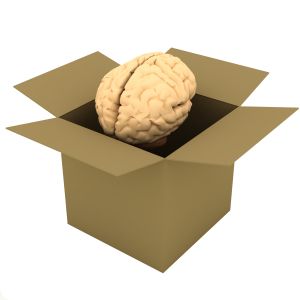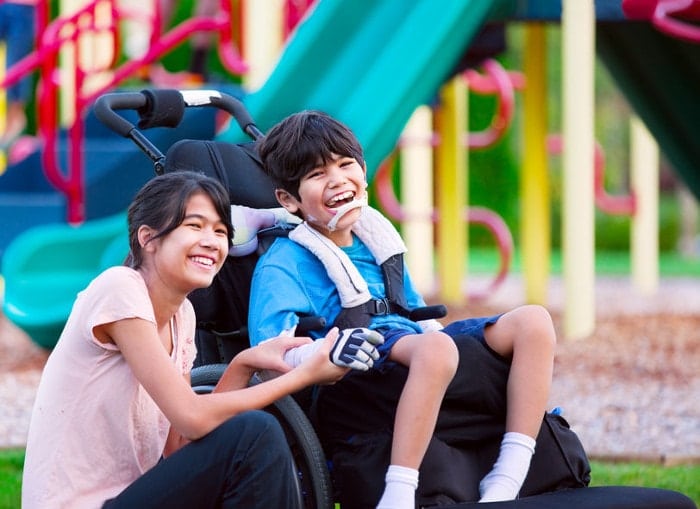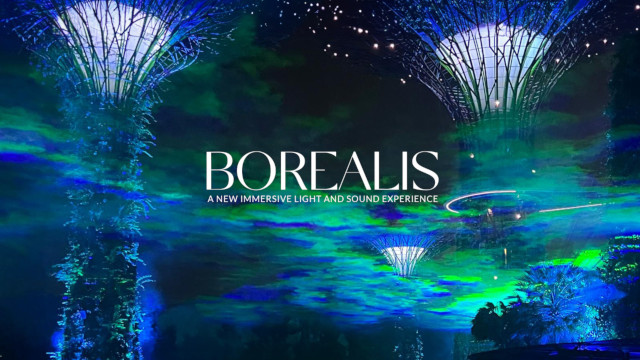Neurofeedback, a form of brain therapy, is becoming increasingly widespread and gaining acceptance as a treatment modality for autism. What happens during Neurofeedback is emitted brainwaves are measured and amplified by sensors placed on the scalp, and are fed into a computer for conversion into similar functions of a computer game. This is a safe, non-invasive procedure as nothing is transmitted back into the brain.

Neurofeedback exercises the client’s brain to assist it is functioning normally. Through regular exercise sessions, the person gradually learns brainwave alteration, leading to mental flexibility which allows one to regulate his/her brain activities. This would result in improving their attention span, organisation skills, learning ability, sleep patterns, emotional regulation and behaviour.
The Quantitative Electroencephalogram (QEEG), a functional neuro-imaging technology, is useful for pre- and post-neurofeedback assessment because it possesses the best temporal resolution to study brainwave changes. QEEG studies have shown that ASD symptoms resulted from brain dysfunctions like inactive or overactive brain regions, abnormal connectivity between regions and lack of sensory inhibition. Such dysfunctions are shown on neuro-images via QEEG, which allows us to capture images of brain activity to understand what is going on in the brain, hence the provision of invaluable information on understanding brain functions.
QEEG or Brain Mapping is a procedure that records electrical brain activity from 19 or more locations on the patient’s scalp. This enables us to identify changes taking place throughout the brain when the patient is engaged in varying tasks, hence pinpointing which areas in the brain are fully engaged and processing effectively, and which are not. Therefore, Brain Mapping serves as a map to guide us in determining specific brain locations to train during Neurofeedback.
The cost of Neurofeedback therapy varies among practitioners. It is usually dependent on the level of expertise of the practitioner, and whether the therapy is conducted for an individual or a group. However, many established centres provide a home training program for their clients. This helps to lower therapy costs, as well as up the availability and convenience of the therapy for the person with ASD.
All the aforementioned benefits that people with autism will gain should they undergo Neurofeedback therapy have been validated by much research. The results were so successful that one of New Jersey’s largest school districts has approved Neurofeedback as a reimbursement treatment. So far, there has been an 89% success rate in improving Autism Spectrum Disorder (ASD) through Neurofeedback therapy.
There have been many successful cases over the last ten years, where a child with autism or hyperactivity was made to sit and do these brain exercises. Despite initial difficulties in retaining the child’s focus to conduct the therapy session in its entirety, if we prevail with love and dedication, we will still be able to reach out to the child with ASD and facilitate the Neurofeedback therapy.
The content of this article is contributed by Dr Kenneth Kang of Spectrum Learning.
Summarized by Amanda Seah.
* * * * *
Like what you see here? Get parenting tips and stories straight to your inbox! Join our mailing list here.
Want to be heard 👂 and seen 👀 by over 100,000 parents in Singapore? We can help! Leave your contact here and we’ll be in touch.


























































Leave a Comment: